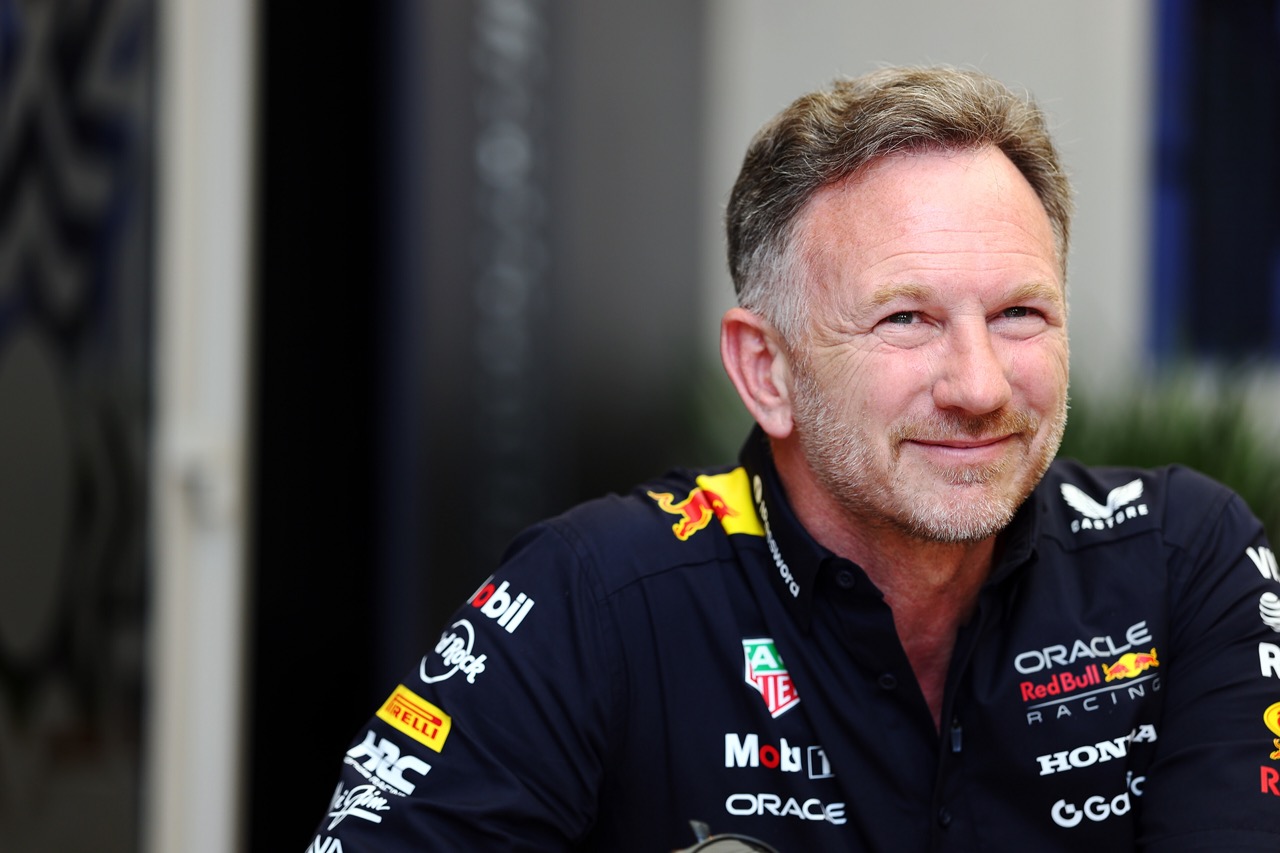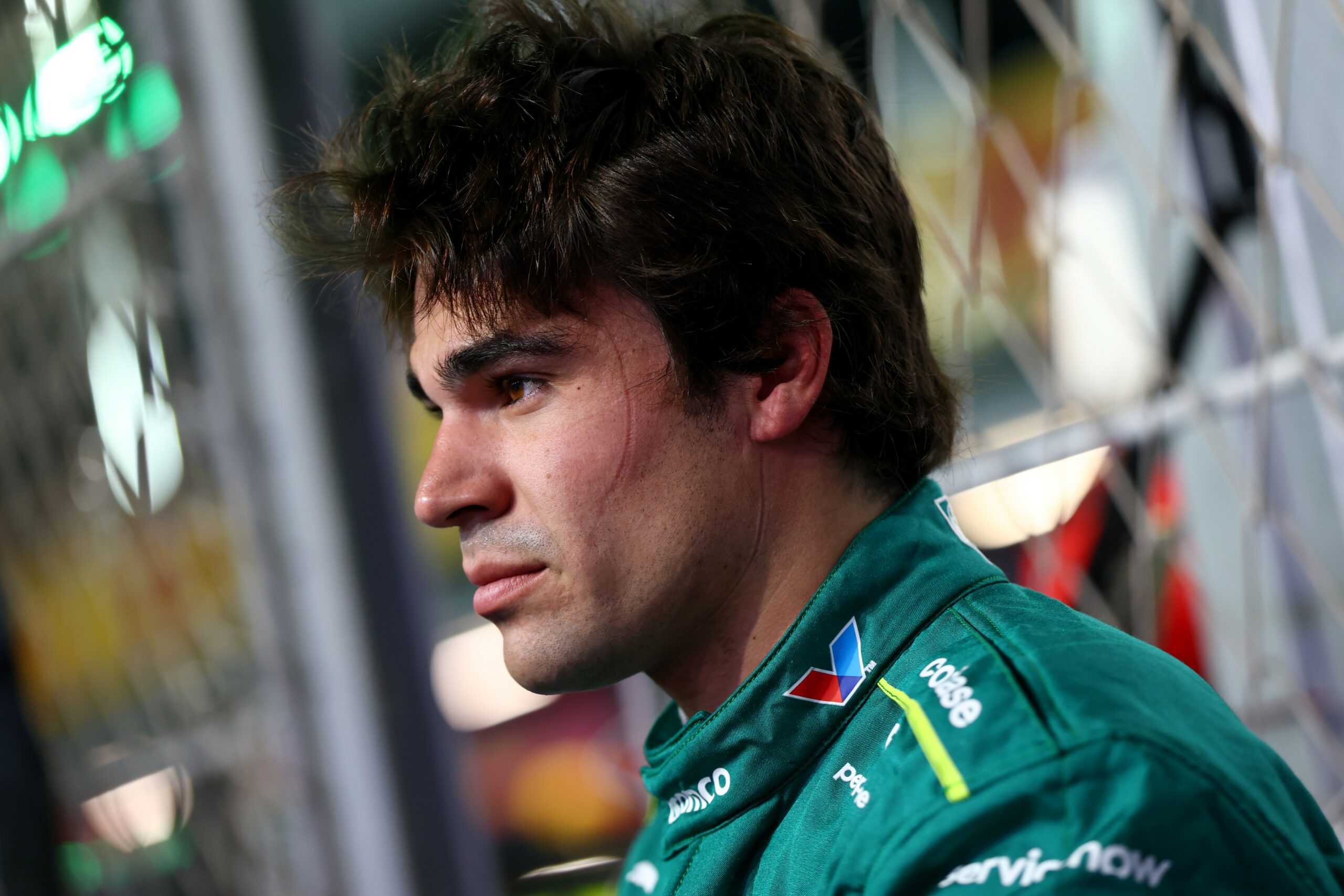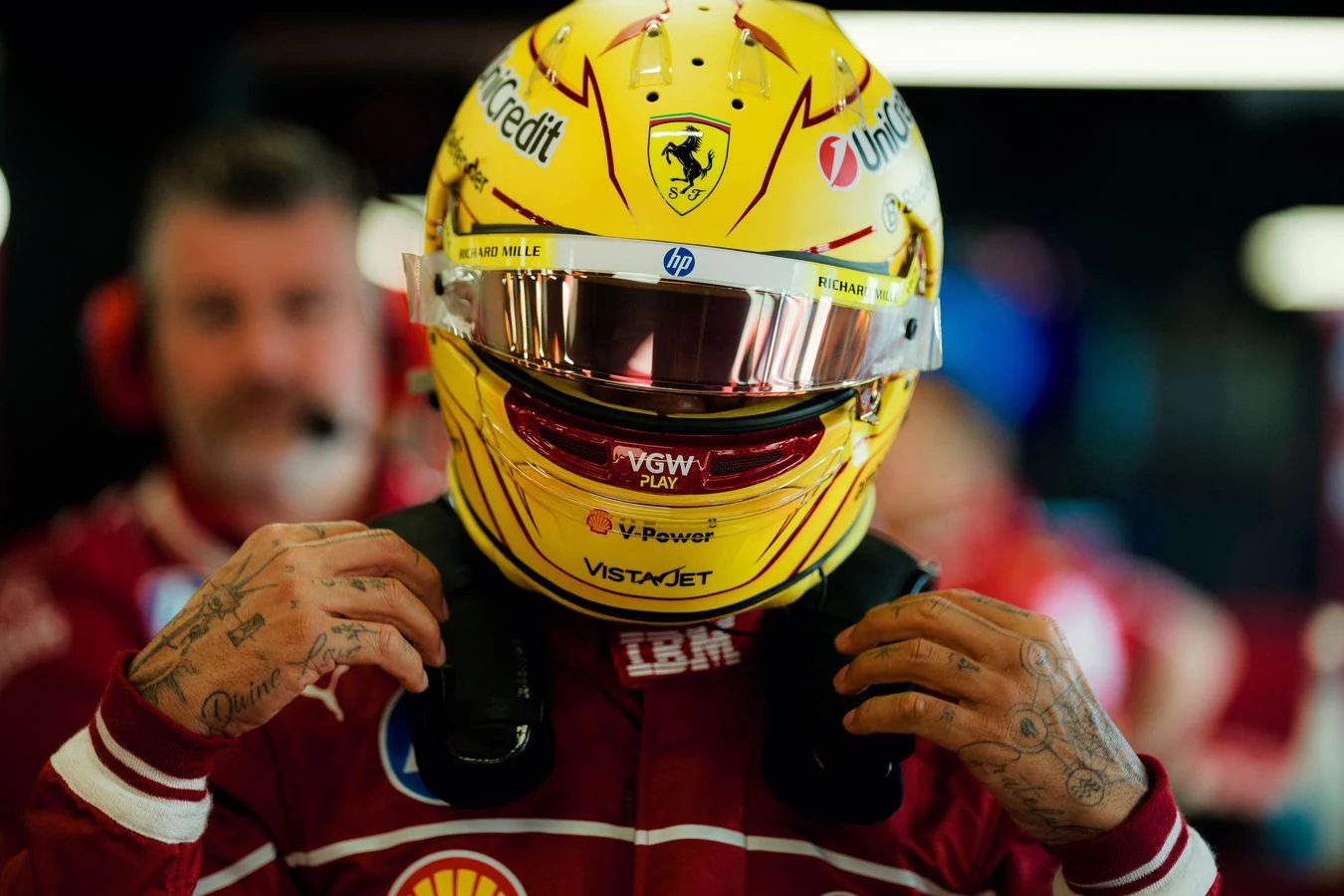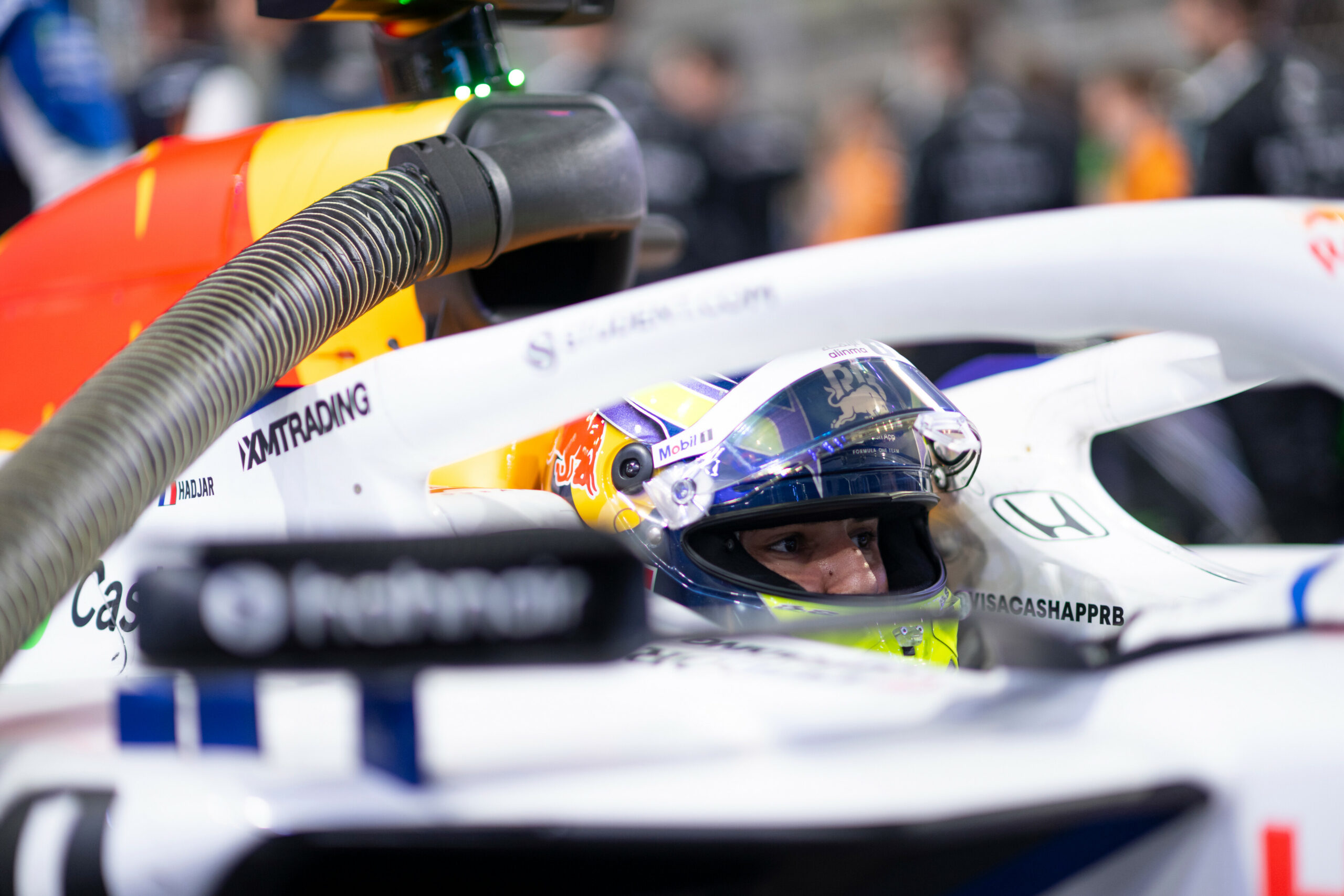The Formula 1 weekend in Baku changes its look by debuting with a new format that promises to be a new challenge for the whole paddock. Saturday is a day dedicated to sprint qualifying and the race itself. Qualifying on Friday decides the grid for Sunday’s race.
To shed light on the changes, we refer to the words of Mercedes Sporting Director Ron Meadows, and Trackside Engineering Director Andrew Shovlin.
“The most notable change is the removal of Free Practice Two from the weekend timetable. That has been replaced with a session called the Sprint Shootout,” Meadows affirms. “This will set the grid for the F1 Sprint later that day and ensures that Saturday is completely dedicated to this format. Qualifying on Friday will therefore determine the starting order for the Grand Prix on Sunday.”
“The Sprint Shootout will essentially be a condensed version of traditional qualifying, but with some notable differences. – Meadows continues – SQ1 will last 12 minutes, SQ2 10 minutes, and SQ3 just 8 minutes. Drivers will be limited to using one set of the medium tyre in SQ1, another set in SQ2, and one set of the soft compound for SQ3.
“The drivers will go straight into a qualifying session on Saturday, which is very unusual,” adds Shovlin. “It’s a tall order to expect the drivers to deliver a single-lap performance immediately so I suspect everyone will go for multi-lap runs.
“The medium tyre can handle multiple laps but without having several sets available, there’s a higher chance of getting unlucky with a red flag for example. I think everyone will get out on track and get busy trying to put laps in.”

Photo credit: Mercedes-AMG Petronas F1 Team
From the point of view of mechanics and engineers’ working performance, Meadows points out that the new format will not bring major changes. On the other side it will certainly increase the risk of crash, already quite high as Baku is a challenging city circuit known for not leaving space for any mistakes.
“The new format won’t cause massive changes to how the garage personnel operate over the weekend. However, when you add sessions that require 100 percent attack from the drivers and every lap matters to advance through to the next stage, you always run the risk of a crash.”
Action will be the key player of the weekend but at the expense of the practice, which will be limited to only one hour at the beginning of the weekend, making things a little bit more challenging for the teams, as Shovlin explains:
“When you’ve only got FP1, it’s practically impossible to condense all the usual learnings across Friday and Saturday into one session. You lose the opportunity to focus on the long run and you’ve got to think about what the real priorities are.”
Meadows adds: “It will be very tricky for the engineers and drivers to find the optimum set-up for both qualifying and heavy race fuel trim. We will need to maximise the number of laps in FP1, so we likely won’t be planning on making set-up changes that sap running time for the drivers. It’s a new way of working for all the teams and provides a fair amount of opportunity to excel.”
The teams didn’t have much time to prepare as the changes were voted yesterday, April 25th. Less time and preparation lead to more pressure, but the team is fully focused on the weekend.
“It’s been interesting as we didn’t actually know the format until Tuesday as the rules were voted on at the F1 Commission meeting,” Shovlin explains. “We looked at three eventualities that may have happened and prepared tyre and run plans for all of those.”
“It’s our job to take any set of regulations and optimise for them. With a lack of information there’s an opportunity to learn more quickly and do a better job. That’s what the Team is focused on.”
Mercedes Team Principal Toto Wolff ahead of Azerbaijan Grand Prix, on the same line of thought of Meadows and Shovlin, considers this weekend an exciting challenge, as he states:
“The racing in Baku is always dramatic and entertaining. It’s a challenging track with the walls close, so there’s no room for error. We also have our first F1 Sprint weekend of the season with a tweaked format.”
“It’s an interesting challenge for us to tackle, with only a single practice session to be ready for two qualifying sessions and races spread across Friday, Saturday and Sunday. Hopefully this will mean more excitement and action for fans to enjoy.”

Photo credit: Formula1.com
Regarding the updates and the preparation of the car, Wolff comments that the team has continued working in the factory during this month of break, trying to extract as much information as possible from the past race weekends with the ultimate goal to continue improving and making progress step by step.
“We’ve had a few weeks off from racing but both factories have been hard at work. We’ve tried to maximise this period, bringing planned development to the car and extracting as much as possible from our learnings so far.
“Australia showed that we are making progress, although we need to be cautious about reading too much into a single result. But the signs in Melbourne were still encouraging and that has been a good motivator for the whole team heading into this gap in the calendar.
“Over the next races, we want to keep on making small steps forward. The car will continue to evolve in the coming weeks, as we steadily bring performance and upgrades to the track. We’re excited to see their impact, but we know there is no magic bullet.”




